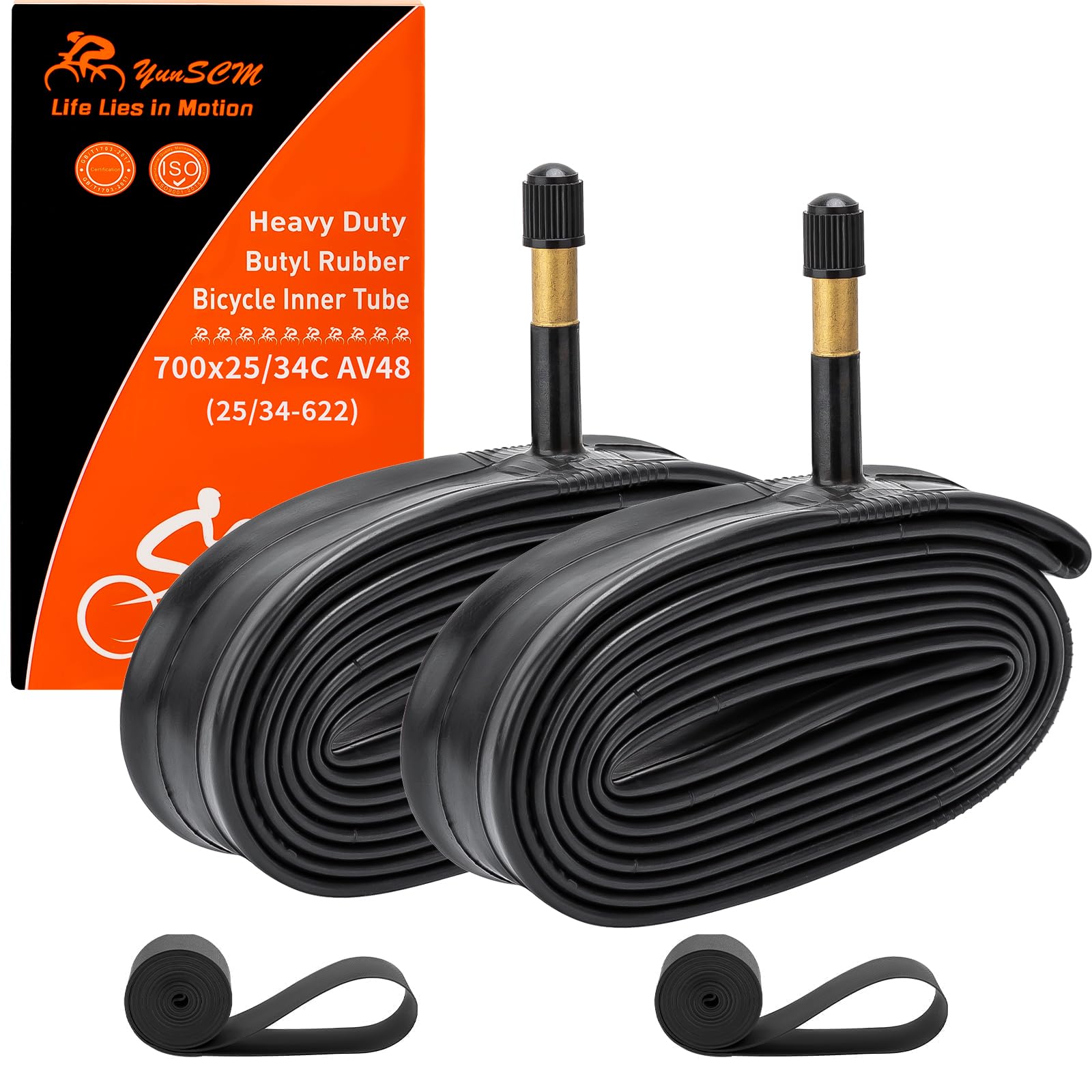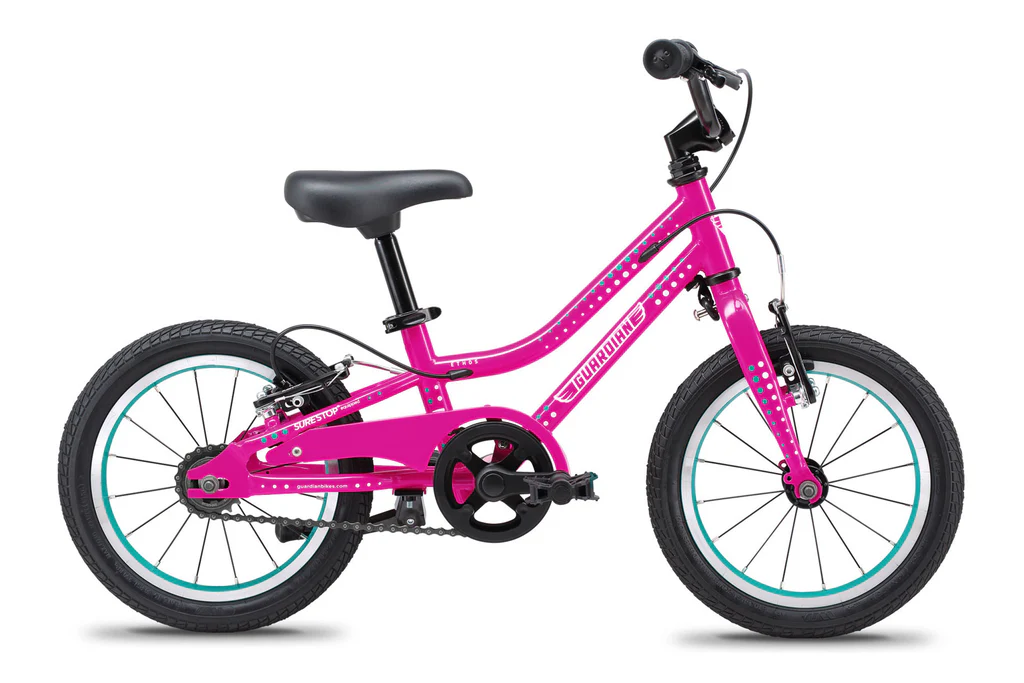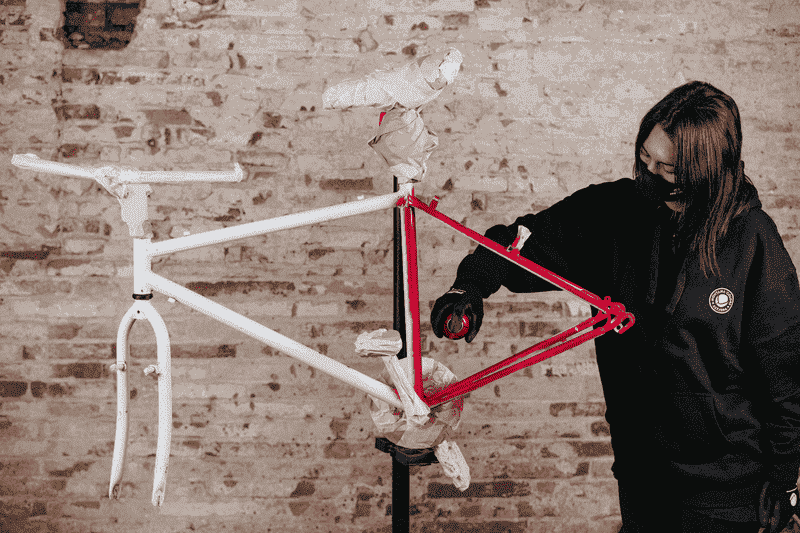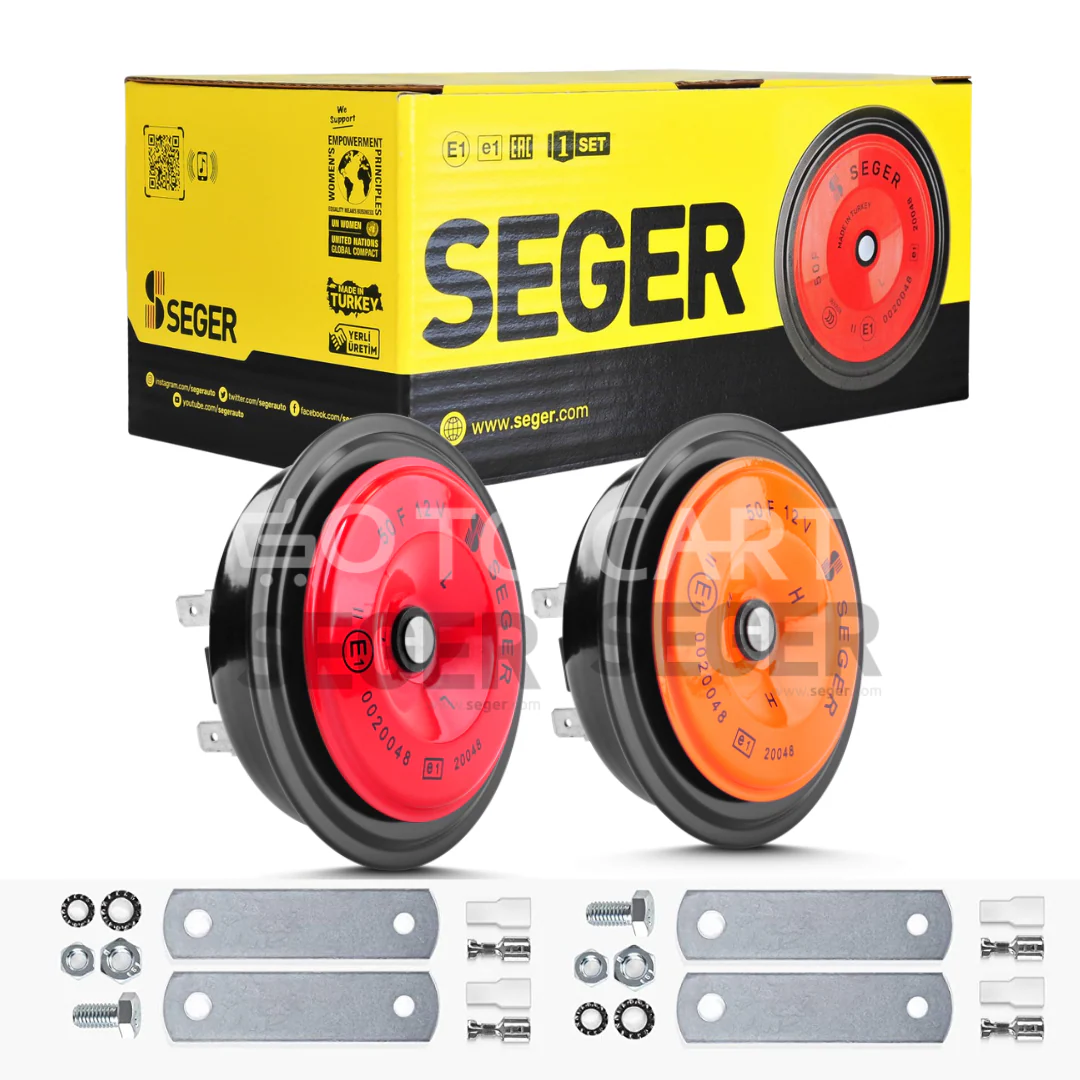Overview of Bike Tubes
A bike tube: what is it?
Bike Tube Types
3.1 Common Butyl Tubes
3.2 Tubes That Are Lightweight
3.3 Tubes Resistant to Thorn
3.4 Tubes That Seal Theirself
3.5 Latex Tubes
How Do Tubes Operate?
The Value of Tubes in Cycling
Selecting the Proper Bicycle For Road Bikes, Tube 6.1
6.2 Regarding Mountain Bikes
6.3 Regarding Hybrid Motorcycles
6.4 For Children’s Bikes
- Typical Issues with Tubes
- How to Keep Your Tube in Good Condition
- How to Replace a Bike Tube: A Comprehensive Guide
- The Advantages of Changing Your Bike Tube
- Safety Advice for Tubes
- Top Brands of Bike Tubes Available
- The Future of Tubes
In conclusion
- Overview of Tubes The bike tube is an essential component of every bike ride. It might seem easy, but without it, your tires won’t work correctly. Bike tubes give you the cushioning and air pressure you need to stay moving, whether you’re riding on smooth roads or rugged mountain trails.
- Describe a tube. An inflatable rubber tube that fits inside a tire is called a bike tube. It gives the tire shape, supports weight, and guarantees smooth rolling when inflated with air. Although tubeless systems are growing in popularity, inner tubes are still used on the majority of bikes with conventional tires.
- Tube Types
3.1 Common Butyl Tubes These are the most popular tubes for daily bikes because they are strong and reasonably priced. 3.2 Tubes That Are Lightweight For racing and performance bikes, thinner tubes are used to cut weight. 3.3 Tubes Resistant to Thorn designed to withstand punctures on uneven terrain by using thicker rubber. 3.4 Tubes That Seal Theirself include an internal liquid sealant that automatically closes tiny punctures. 3.5 Latex Tubes Although they need more upkeep, high-performance tubes have less rolling resistance. - How Do Tubes Operate? A bike tube gains firmness and shape when air is pumped into it, expanding and pressing against the tire’s interior. This enables the tire to support the weight of the rider while maintaining traction on the road or trail.
- The Value of Tubes in Cycling Ensure comfort and absorb shock. Keep the air pressure and tire shape constant. Make sure the rides are efficient and smooth. Permit bikes to operate on various terrains.
- Selecting the Appropriate Road Tube 6.1 For efficiency and speed, use lightweight or latex tubes. 6.2 Regarding Mountain Bikes Self-sealing or thorn-resistant tubes for rugged terrain. 6.3 Regarding Hybrid Motorcycles Common butyl tubes for everyday transportation. 6.4 For Children’s Bikes robust standard tubes for ease of maintenance and safety.
- Typical Issues with Cycling Tubes: punctures caused by sharp objects. under-inflation-related pinch flats. worn-out valves that cause air leaks. exploding due to excessive inflation.
- Tube Maintenance Make sure your tires are correctly inflated. Examine tubes for cracks and wear. Steer clear of jagged objects when riding. After repeated punctures, replace the tubes.
- Detailed Instructions for Changing a Bike Tube Take the bike’s wheel off. Use tire levers to remove the tire. Remove the damaged tube. Put a fresh tube inside the tire. To verify placement, slightly inflate. Reinstall the tire and fill it up completely.
- Advantages of Changing Your Tube improved resistance to punctures. enhanced speed and performance. increased comfort on lengthy rides. longer durability when using premium tubes.
- Safety Advice for Bike Tubes Always keep an extra pump and tube on hand. Avoid inflating tires beyond their maximum capacity. Before putting in a new tube, look for cuts on the tire walls. For your bike tire, use the appropriate tube size.
- Top Brands of Tubes Available Schwalbe bike tubes are dependable and of excellent quality. Road cyclists love Continental Bike Tubes. Kenda bike tubes are reasonably priced and long-lasting. Performance is the main focus of Michelin bike tubes.
- ‘ Future: Tubes’ future comprises more designs that are puncture-proof and self-sealing. lighter materials for improved functionality. environmentally friendly tubes made of sustainable rubber. increased use of tubeless systems.
- PakWheel .http://pakwheel.com
- In conclusion, Despite its small size, the tube is an essential component of all bikes. The proper tube guarantees performance, comfort, and safety for everything from daily commuting to professional racing. Every ride can be smoother and more pleasurable if the proper type is chosen, maintained, and upgraded as necessary.
Read more about bike tubes. http://allbikeinfo.xyz/bike-tubes








Leave a Reply